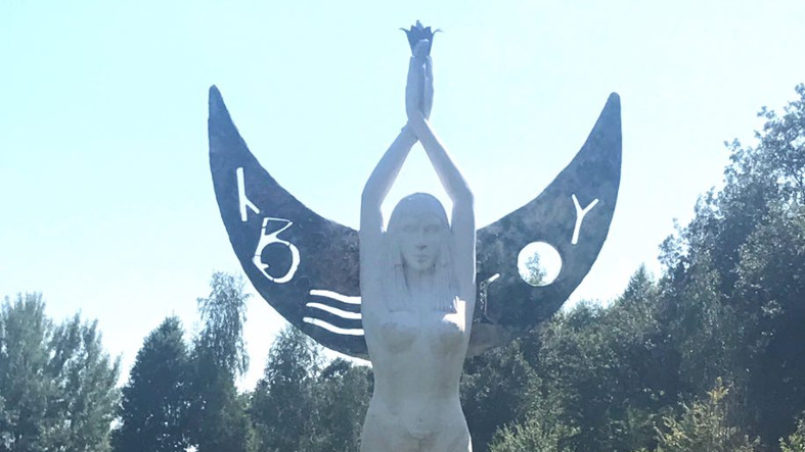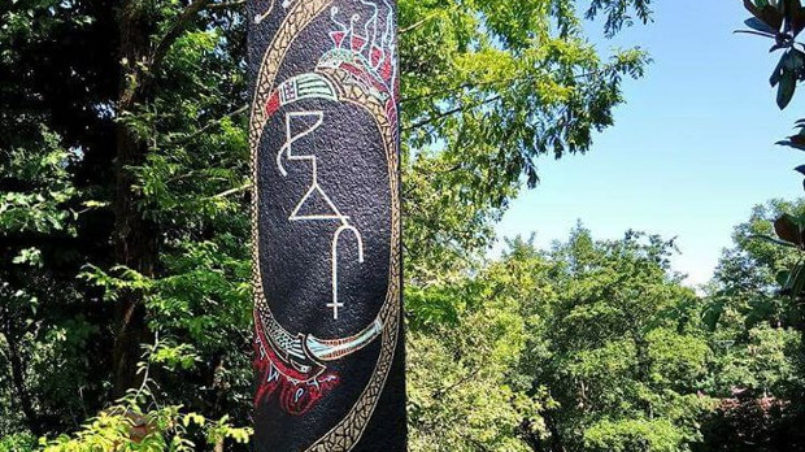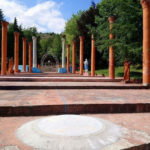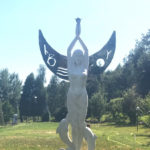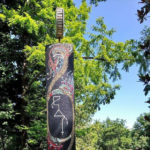A Journey to the Centre of the Temple of Humankind
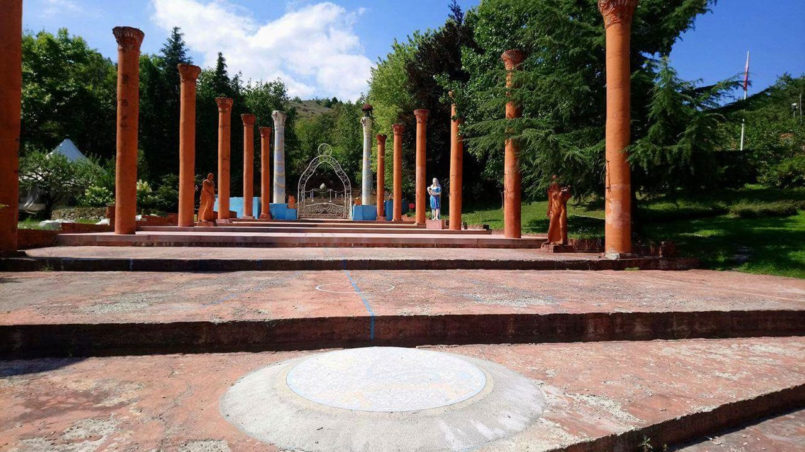
The Federation of Damanhur is a spiritual community located in the Italian Alps, near Turin, which is devoted to the collection and preservation of universal knowledge. At the heart of the community is the underground temple – the Temple of Humankind, carved in the Alps by hand. The community is formed around the life and teachings of Falco Tarassaco.
It was an ordinary winter day when I came across an article online with the catchy title, “An Amazing Underground Temple Discovered after 20 Years!” The article was referring to the underground sanctuary of the spiritual community of Damanhur, which was supposedly carved in the Alps and kept a complete secret for anyone outside of the community for 20 years. But the pictures showed such enormous and beautiful halls that I thought it would be impossible to first carve this below ground, and second, to keep it a secret for so long.
The Damanhurians believe in the collection and preservation of ancient world knowledge. The first chamber of the underground temple, called the Labyrinth, has a collection of stained glass portraits of ancient deities around the world from the Native American Nanook to the Japanese Izangi. The Labyrinth as well as the whole temple represents the metaphorical going towards oneself – the deeper you go in the temple, the more connected you become with your innerself. The excitement before we enter, and the richness of colors that at once overwhelms your senses, are immediately replaced by a feeling of calm and timelessness once you are inside the temple. As if the thick mountain stones isolate you from anything happening above ground.
We go deeper into the temple through a path of small tunnels and chambers until we reach a small dark chamber, with a crystal ball at the center. This was the initial chamber of the temple. The enormous underground complex was initially a room for meditation, dug by Falco Tarassaco’s followers. No-one but Falco had any idea of the scale of the temple.
Every hall in the temple has a specific theme and all of them were dug by hand, with the mosaics, stained glass and artwork done collectively by the Federation’s members with the exception of one chamber – The Water Hall, which was painted by Falco. Its walls are covered with words and symbols from ancient languages and scripts. They are believed to contain Falco’s knowledge of ancient wisdom, and his memories from a past life. Even his closest followers are not quite certain what the writings mean, and they have been trying to decipher them since his death four years ago.
I am not only interested in the beauty of temples but also in communities which take a more soulful approach towards life, and which disregard the modern values of money and prosperity in order to work on their inner enrichment and improvement. And I have always wondered: “Are they successful?” Damanhur is already a pretty big community with over 700 followers, and their numbers continue to grow. The main goal of the community is to create a tradition of common consciousness, which goes beyond national separation and culture, or in other words “to create new people, with a new culture.”
The paintings of contemporary technology, or a caricature at first seem a little out of place, but we are used to looking at monuments of this scale from a different time perspective; for example admiring St. Paul’s Cathedral, or the Sistine Chapel, however, remaining separated from them in time. Ultimately, the people who created them were much more like us than we realize.
The visit to Damanhur let me see this marginalising line of separation between the appreciation of art and ourselves, and made me wonder about what people who visit it in a hundred, maybe a thousand years from now, will think about it.

